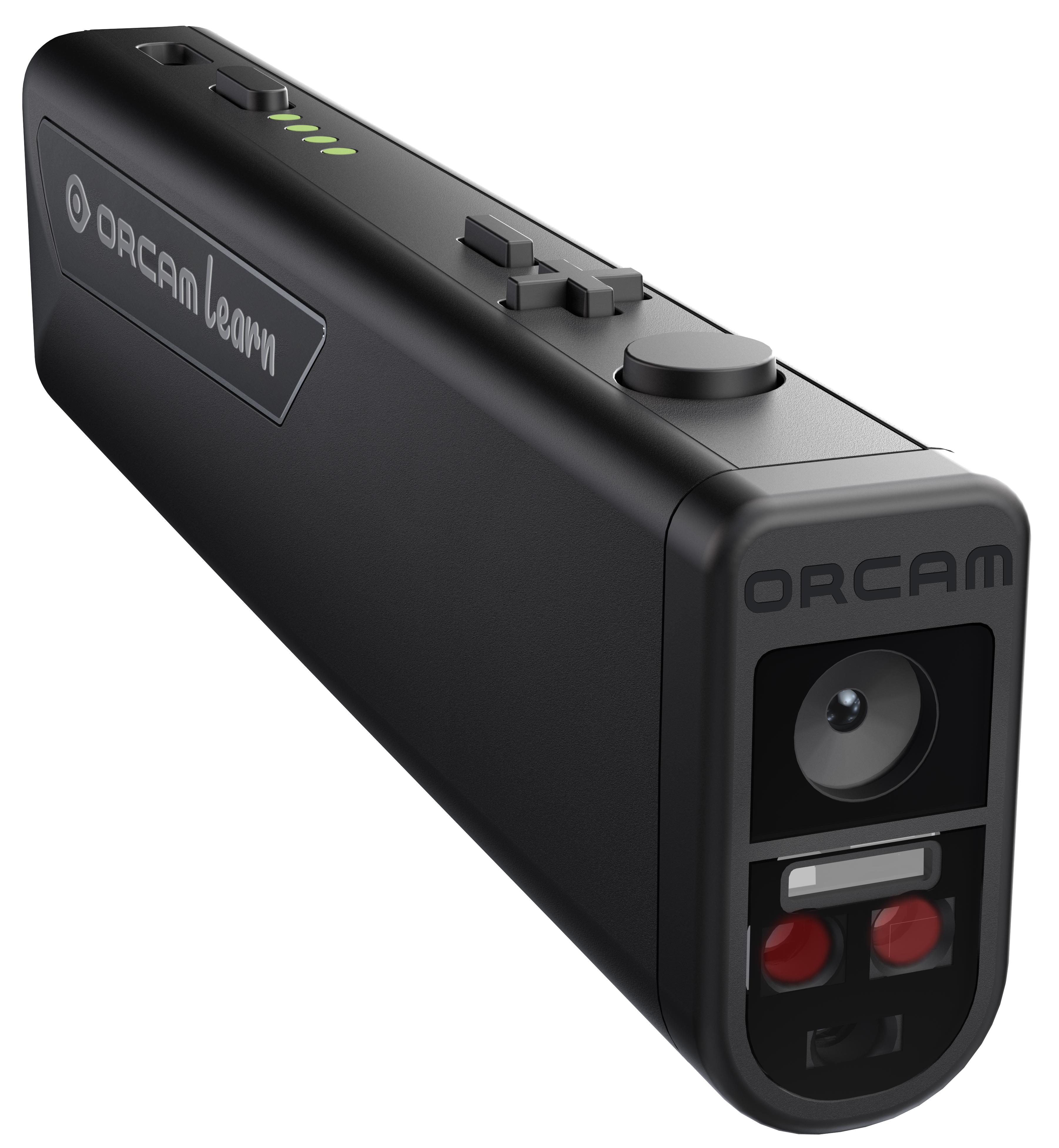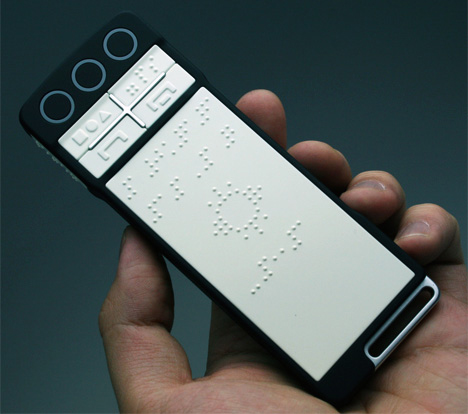Empowering Freedom With Assistive Innovation for the Blind
The assimilation of assistive technology into the lives of people with visual impairments represents a considerable improvement in promoting self-reliance and self-sufficiency. From ingenious display readers to innovative wise walking sticks, these devices not only improve daily navigation and communication however likewise encourage individuals to engage meaningfully in different aspects of life. As we explore the myriad advantages and real-world applications of these technologies, it comes to be crucial to check out the hidden elements that add to their performance and the potential for future growths in this vital field.
Introduction of Assistive Innovation

The advancement of assistive innovation is grounded in principles of inclusivity and empowerment. Developments in software application, hardware, and sensory enhancements supply individuals with alternatives customized to their particular needs. From display readers that convert message to speech, to tactile tools that convey info through touch, these devices change the means people engage with their environments.
Along with sensible applications, assistive innovation cultivates higher social incorporation and involvement in numerous fields, including education and learning and work (AI-powered visual aids). As r & d remain to progress, the possibility for assistive technology to better improve the lives of aesthetically damaged individuals remains promising, leading the way for an extra fair culture where every person can grow
Kinds Of Assistive Gadgets
A range of assistive devices have emerged to sustain individuals with visual problems, each developed to meet particular needs and boost daily functioning. These gadgets vary from low-tech options to modern technologies, supplying varied options for individuals.
Low-tech tools consist of magnifiers and large-print materials that aid in reading and writing. Braille tools, such as Braille styluses and slates, enable tactile reading and interaction. Alignment and flexibility aids, like white walking canes, help users browse their environment securely.
On the higher end of the range, digital magnifying systems and display readers offer significant assistance. Electronic magnifiers allow individuals to expand message and pictures on screens, while screen viewers transform digital web content right into manufactured speech, promoting accessibility to information on computer systems and mobile phones.
Smartphone applications additionally play an essential function, offering attributes like text recognition and navigation help. Wearable innovation, such as wise glasses equipped with augmented fact, is emerging as an appealing device to enhance situational understanding.
Advantages of Assistive Innovation
The integration of assistive modern technology substantially improves the lifestyle for people with visual problems. These innovations encourage individuals by promoting freedom, enabling them to navigate their environments better and carry out day-to-day tasks with higher convenience. As an example, screen readers and zoom software allow people to gain access to electronic information, cultivating professional and academic opportunities that may have formerly been out of reach.
Furthermore, assistive gadgets such as wise canes and GPS applications supply real-time navigating aid, improving mobility and security. This raised freedom not just improves self-worth yet likewise encourages social involvement, permitting users to get involved even more totally in their neighborhoods.
Assistive modern technology also facilitates communication, helping individuals get in touch with others via voice recognition and text-to-speech applications. This capability is important for preserving partnerships and accessing crucial info.
Additionally, the modification choices offered with lots of assistive modern technologies make sure that users can tailor devices to their certain needs, additionally enhancing use and efficiency. On the whole, the benefits of assistive innovation for individuals with visual problems are profound, promoting a much more comprehensive society where everybody can seek their goals and desires.
Study and Success Stories
Highlighting the transformative influence of assistive technology, numerous study show just how people with visual disabilities have actually effectively incorporated these devices into their day-to-days live. One compelling instance involves a college pupil who utilized display analysis software application to navigate scholastic materials and on the internet resources properly. This modern technology not just promoted her education but additionally enhanced her self-confidence in joining discussions and team projects.
An additional situation study find out this here features a professional that uses a smart device application made for navigation and things recognition. By utilizing this app, he has gained back autonomy in both his find more personal and work settings, allowing him to commute separately and engage with associates extra effectively.
Furthermore, a retiree shared her experience with braille e-readers, which enabled her to access a large variety of literature and remain gotten in touch with her area via book clubs.
These success stories highlight the essential role of assistive technology in fostering freedom, boosting lifestyle, and advertising social assimilation for people with visual disabilities (OCR devices for the blind). By embracing these cutting-edge devices, individuals can overcome challenges and take opportunities that contribute to their individual and expert fulfillment

Future Trends in Assistive Innovation
Technology in assistive technology is poised to redefine the landscape of support for people with aesthetic disabilities. Emerging trends stress the combination of expert system (AI) and equipment knowing, which improve the capability of devices that assist with navigating and details availability. For circumstances, AI-driven applications are currently qualified of analyzing aesthetic information in real-time, allowing individuals to involve with their setting extra separately.
Furthermore, the advancement of wearable technology is advancing quickly. Smart glasses geared up with enhanced truth (AR) can give audio descriptions of surroundings, transforming how users communicate with public rooms. These tools not just advertise autonomy however also foster social inclusion.
Additionally, the Web of Things (IoT) is making homes smarter, allowing for seamless connection between everyday devices and More Info assistive tools. This connectivity equips individuals by making it possible for voice-activated controls and computerized reactions tailored to individual requirements.
Final Thought
To conclude, assistive modern technology plays a pivotal role in empowering individuals with aesthetic problems by enhancing their freedom and involvement with their surroundings. The varied array of applications and devices available not just promotes navigating and interaction however additionally promotes social integration and chances for professional and individual development. As developments continue in this field, the capacity for enhancing the lifestyle for those with visual problems will expand, promoting higher freedom and empowerment.
